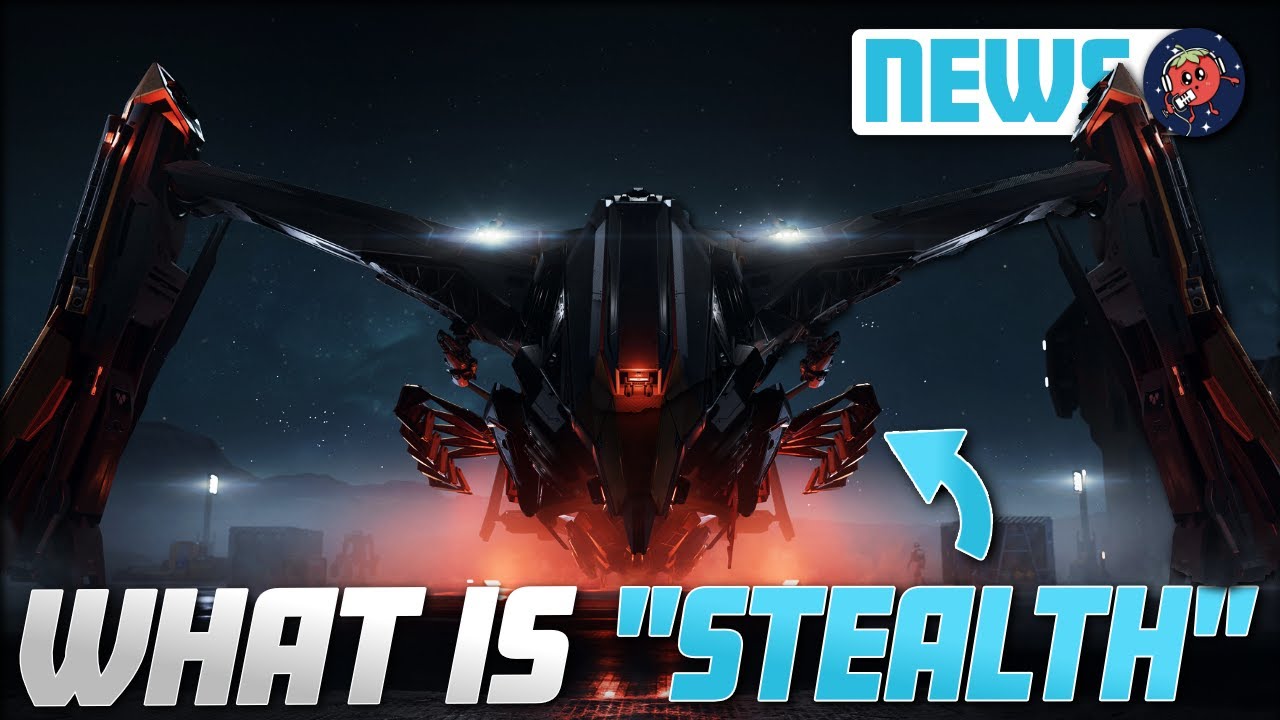The video explains that stealth in Star Citizen focuses on managing a ship’s emissions, such as heat and electromagnetic signals, rather than just physical size, with ships like the Asperia Prowler designed for stealthy operations using integrated systems and emission control tactics. Developers also mention features like radar-absorbent coatings and upcoming resource networks that will deepen stealth gameplay, while sharing insights and challenges encountered in refining these complex mechanics.
The video discusses the stealth capabilities of the new Asperia Prowler ship in Star Citizen, highlighting its utility and military variants. The base Prowler is noted to be slightly stealthier than the utility version due to its military design, while the utility variant, despite having a larger physical footprint and additional external features, still maintains a strong stealth profile suitable for discreet cargo transport. The ship is designed with stealth in mind, especially for high-risk zones and smuggling runs, featuring integrated systems like a tractor beam to facilitate quick cargo collection without landing.
The developers explain that stealth in Star Citizen revolves around masking a ship’s emissions to avoid detection rather than just relying on physical size or shape. Emissions such as heat and electromagnetic signals play a crucial role in stealth gameplay. Players can strategically manage their ship’s resources, such as power and cooling systems, to control their visibility and emissions, allowing for tactics like hiding in the environment or disguising a fleet as a harmless cargo hauler. This dynamic approach to stealth adds depth to gameplay, encouraging tactical planning and resource management.
A notable example given is the Terrapin ship, which can close its venting systems to hold heat inside, reducing thermal emissions and enhancing stealth at the cost of internal heat buildup. This trade-off highlights the complexity of stealth mechanics, where players must balance stealth benefits against operational risks. The developers also mention the possibility of radar absorbent coatings on certain stealth ships, which could reduce their radar cross-section and make them harder to detect, although this is only briefly referenced and not fully detailed.
The video also touches on some humorous anecdotes from the developers, such as a radar misidentifying a stealth fighter as a pigeon and bugs related to invisibility glitches in the game. These stories illustrate some of the challenges in implementing and refining stealth mechanics and bug fixes in a complex simulation like Star Citizen. The developers acknowledge ongoing work to address these issues, emphasizing the evolving nature of the game’s stealth systems.
In conclusion, stealth in Star Citizen is envisioned as a multifaceted system that combines emission management, environmental tactics, and possibly physical modifications like radar-absorbent coatings. The upcoming resource network will further enhance stealth gameplay by providing more control over emissions and ship systems. While the Prowler serves as a prime example of stealth design, the broader stealth mechanics promise to add strategic depth and varied playstyles to the game’s universe, making stealth a more integral and nuanced part of gameplay going forward.
